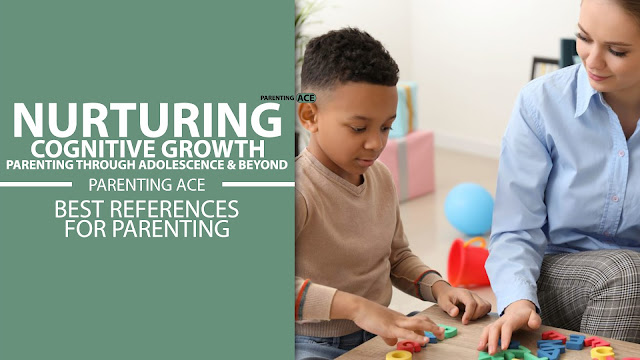Shaping Young Minds: Encouraging Positive Behavior and Discouraging Negative Behavior
Taming tantrums and nurturing kindness every parent wants to know how! This post unveils strategies to promote positive behavior in your child, from offering praise that motivates to utilizing natural consequences that teach. We'll also explore ways to discourage negativity, like identifying triggers and implementing effective time-outs. Discover a toolbox of tips to transform your parenting journey and raise a child who shines with good choices!
 |
| Shaping Young Minds: Encouraging Positive Behavior |
How To Encourage Positive Behavior And Discourage Negative Behavior?
Every parent strives to raise well-adjusted, responsible children. However, navigating the world of behavior management can feel overwhelming. The good news is, there are effective strategies you can employ to encourage positive behavior and discourage negative behavior in your child.
Understanding the Why Behind the Behavior
Before diving into specific techniques, it's crucial to understand the root cause of your child's behavior. Here are some common reasons behind both positive and negative actions:
- Attention Seeking: Sometimes, even negative attention is better than no attention at all. A child who throws a tantrum might simply be seeking your attention and feeling neglected.
- Developmental Stage: A toddler might lack the vocabulary to express frustration effectively, leading to a tantrum. Understanding their developmental capabilities helps guide your response.
- Modeling: Children are keen observers and learn by watching the adults around them. Your own behavior can influence your child's actions.
- Desire for Autonomy: As children mature, they naturally seek more independence. Understanding this desire can help you set clear boundaries while fostering a sense of control.
Encouraging Positive Behavior
- Positive Reinforcement: Catch your child being good! Offer praise, encouragement, or even a small reward for positive behavior. This reinforces the desired behavior and motivates them to repeat it.
- Focus on Effort, Not Just Outcome: Praise your child's effort and perseverance, not just the end result. This encourages a growth mindset and fosters a love of learning.
- Quality Time: Dedicate time for focused connection with your child. Engage in activities they enjoy, listen attentively, and show genuine interest in their world. This positive attention strengthens your bond and encourages positive behavior.
- Discouraging Negative Behavior
- Identify Triggers: Certain situations or environments might trigger negative behavior in your child. Identifying these triggers allows you to proactively address them or devise strategies for managing them.
- Natural Consequences: Whenever possible, allow children to experience the natural consequences of their actions. For example, forgetting a jacket on a cold day results in feeling a bit chilly, naturally reinforcing the importance of remembering belongings.
- Time-Outs: Time-outs can be an effective tool for helping children calm down after an outburst. Provide a designated quiet space where they can sit for a short period to reflect on their behavior.
- Logical Explanations: Moving beyond simply issuing commands, provide the rationale behind rules. This empowers children to understand the "why" behind expectations and fosters internalization of the rules.
Remember:
- Consistency is Key: Inconsistent expectations can be confusing for children. Strive to maintain consistent boundaries and enforce rules fairly to ensure optimal impact.
- Tailoring to Age and Development: The strategies used to encourage positive behavior and discourage negative behavior will vary depending on your child's age and developmental stage.
- Focus on Solutions, Not Blame: When addressing negative behavior, focus on finding solutions together rather than placing blame. This encourages positive change and fosters a collaborative environment.
Encouraging positive behavior and discouraging negative behavior is a continuous process. By understanding your child's needs, implementing effective strategies, and fostering a positive and loving environment, you can guide them towards becoming responsible, respectful individuals.




